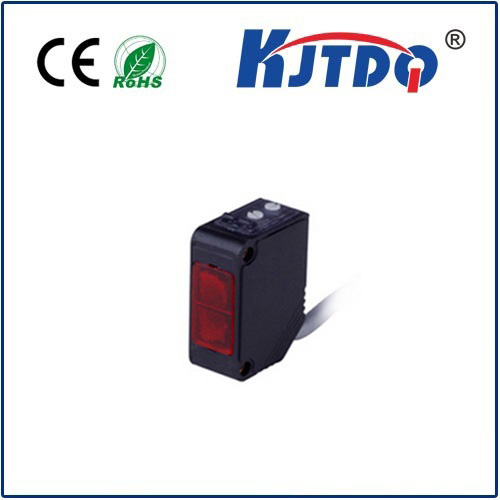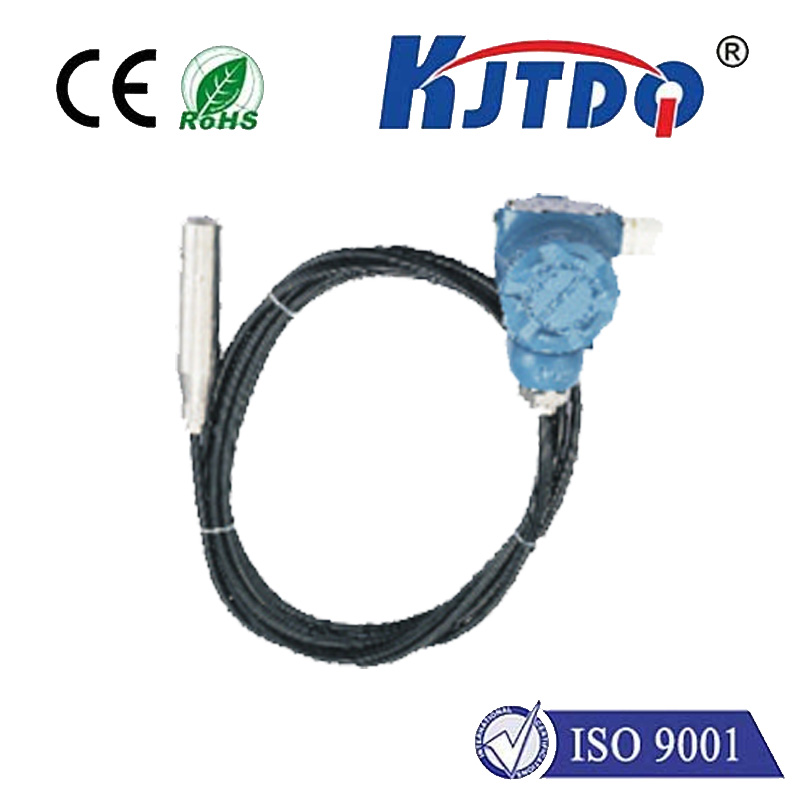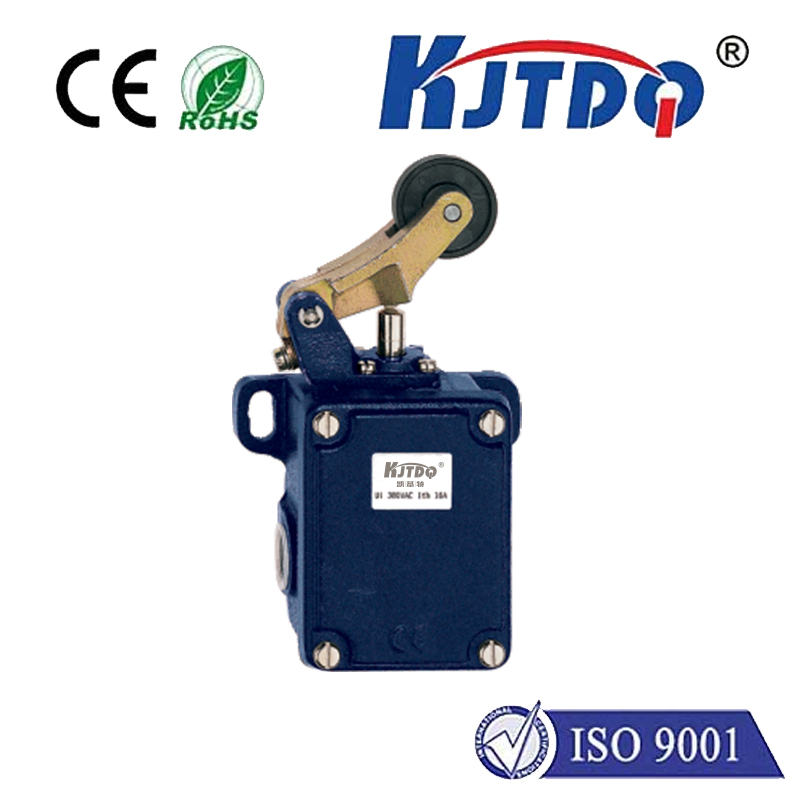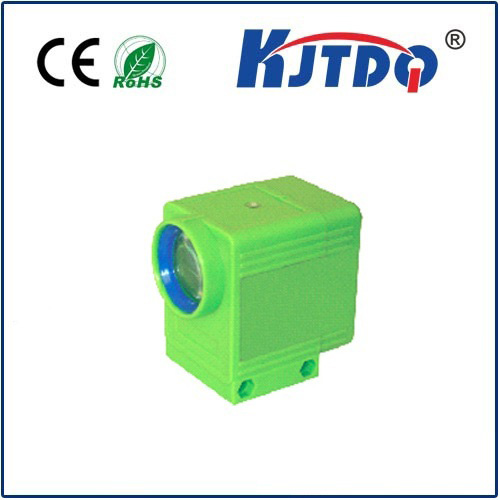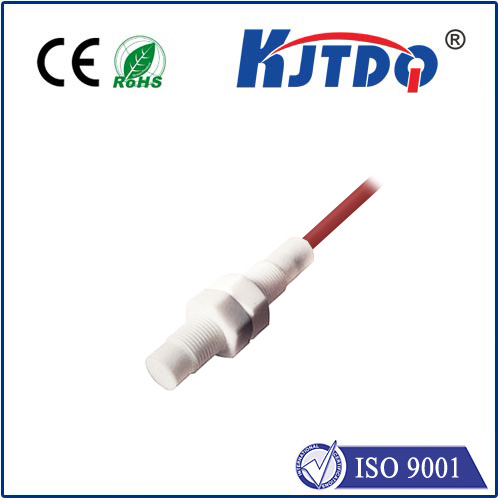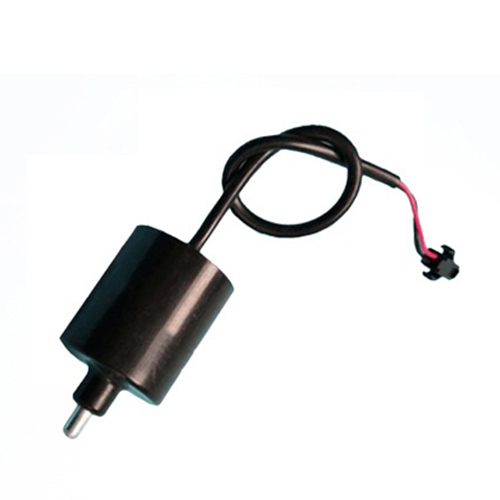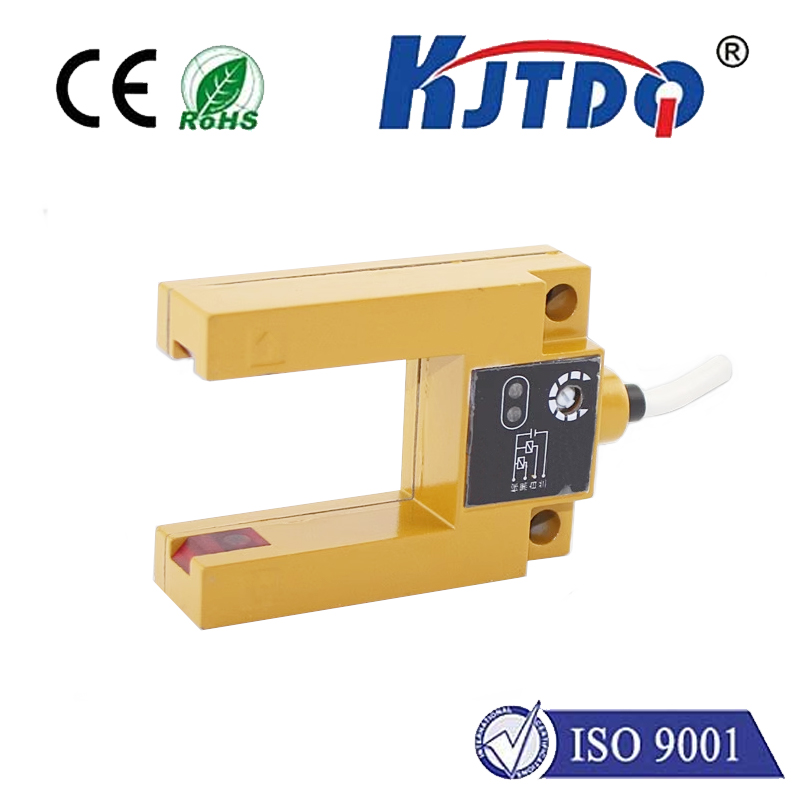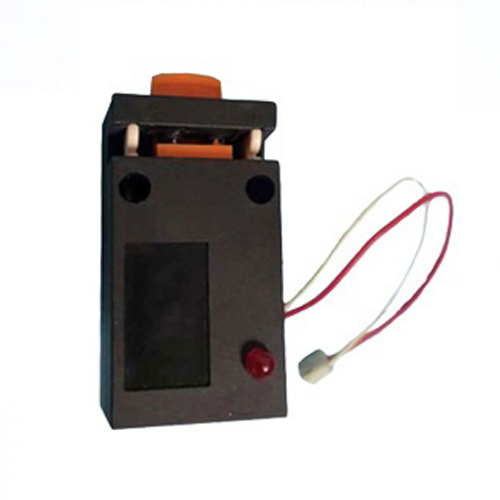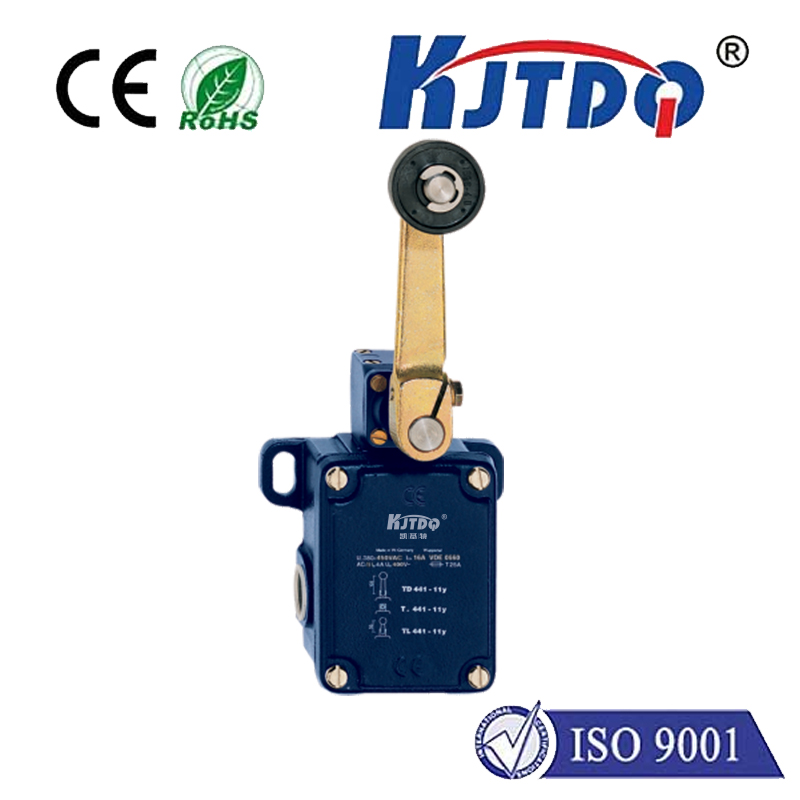oat sensor
- time:2025-08-22 04:04:09
- Click:0
Oat Sensors: The Silent Revolution Optimizing Your Grain Harvest
Imagine standing in your oat field just weeks before harvest. The golden waves look promising, but nagging questions linger: Is the moisture content ideal? Are certain patches maturing faster than others? Could a sudden rainstorm ruin the perfectly timed harvest window? For generations, answering these questions relied heavily on experience, intuition, and manual, often destructive, sampling. The uncertainty led to suboptimal timing, wasted resources, and potential quality losses. Enter the unsung hero of modern oat farming: the oat sensor. This technology is quietly transforming how growers manage their crop, turning guesswork into precise, actionable data.
Beyond the Grain Bin: What Exactly is an Oat Sensor?
At its core, an oat sensor is a device engineered to non-invasively measure critical parameters of the oat crop directly in the field. While the term might evoke simple moisture probes found in storage bins, modern field-based oat moisture sensors represent a sophisticated leap forward. They go far beyond just moisture:
- Moisture Content: This remains the primary function for harvest timing. Advanced sensors use technologies like near-infrared (NIR) spectroscopy or microwave resonance to estimate grain moisture levels without damaging the plant.
- Vegetation Indices (VIs): Many field-deployable oat sensors incorporate or function alongside multispectral sensors. These measure specific light wavelengths reflected by the crop canopy. Indices like NDVI (Normalized Difference Vegetation Index) provide insights into plant health, vigor, biomass, and potential water stress, offering clues even before grain fill is complete.
- Protein Prediction (Emerging): Some cutting-edge NIR-based systems are exploring the potential to predict grain protein content pre-harvest. While still evolving, this offers tantalizing prospects for meeting specific quality contracts.
- Canopy Temperature: Infrared sensors can detect subtle variations in canopy temperature, indicating potential water stress or disease pressure before visual symptoms appear.
Why the Focus on Oats? Precision Matters

While sensors exist for numerous crops, oats present unique challenges and opportunities where sensor technology shines:
- Optimal Harvest Window: Oats are particularly sensitive to harvest timing. Harvesting too early results in high moisture, requiring expensive drying and risking spoilage. Harvesting too late leads to shattering, significant yield loss, and reduced test weight. Precision moisture monitoring is critical.
- Non-Uniform Maturity: Oat fields often exhibit significant variation in maturity due to soil types, topography, or microclimates. Zone-specific sensor data allows for targeted harvesting strategies.
- Quality-Driven Market: Oats are increasingly valued for specific traits like beta-glucan content (linked to health benefits) and protein levels. In-field sensors help manage for consistent quality.
- Resource Optimization: Knowing exactly when and where to harvest prevents unnecessary passes, saves fuel, reduces grain loss, and optimizes drying energy use.
How Oat Sensors Work in Practice: From Data to Decision
The real power of oat sensors lies not just in data collection, but in its integration and application:
- Data Capture: Sensors can be mounted on various platforms:
- Handheld/Manual: Portable devices for spot checks in specific areas of concern.
- Vehicle-Mounted: Attached to ATVs, tractors, or spray booms for rapid field scouting along transects.
- Drone/UAV: Offer high-resolution, whole-field imagery and data capture, generating detailed maps of moisture variation, health, and maturity.
- Fixed/Satellite: Less common for precise moisture timing but useful for broader seasonal health monitoring.
- Data Processing & Visualization: Raw sensor data is processed using specialized software or cloud platforms. It’s transformed into easy-to-interpret maps and charts showing spatial variability across the field.
- Actionable Insights: This is where the oat sensor transforms farming.
- Precision Harvest Scheduling: Instead of treating the whole field uniformly, growers can harvest zones based on actual moisture levels revealed by the grain monitoring data. This maximizes yield and quality per zone.
- Targeted Drying: Knowing the exact moisture content entering the dryer allows for precise energy management.
- Early Stress Detection: Vegetation index or canopy temperature anomalies can flag areas needing irrigation adjustments or pest/disease scouting.
- Variable Rate Applications (Future Potential): Linking sensor data to application equipment could allow for tailored fertilization or growth regulator application based on real-time crop needs within a field.
- Accurate Yield Estimation: Combining moisture data with biomass estimates provides far more reliable pre-harvest yield forecasts than traditional methods.
The Tangible Benefits: More Than Just Moisture Readings
Adopting oat sensor technology delivers concrete advantages:
- Increased Yield: Minimizing shattering loss and harvesting each zone at its peak potential directly boosts bushels per acre.
- Enhanced Grain Quality: Optimizing harvest timing preserves test weight, reduces kernel damage, and minimizes the risk of staining or mycotoxins. Meeting premium quality standards becomes more achievable.
- Significant Cost Savings: Reduced drying costs (only drying what’s necessary), less fuel consumption (fewer passes, targeted harvesting), and minimized grain losses add directly to the bottom line.
- Reduced Risk: Mitigating weather-related risks by harvesting at the precise optimal window is invaluable. Data-driven decisions replace stressful guesswork.
- Improved Sustainability: Efficient resource use (water via targeted irrigation insights, fuel, electricity for drying) contributes to more environmentally responsible farming practices. Precision agriculture powered by sensors is inherently less wasteful.
- Better Farm Management Records: Consistent, georeferenced sensor data provides invaluable records for season-to-season analysis and informed decision-making.
Implementing Oat Sensors: Getting Started
Moving from curiosity to practical use involves key steps:
- Identify Your Key Challenge: Is harvest timing your biggest pain point? Are maturity variations costing you yield? Focus on the sensor type that addresses your primary need (e.g., moisture-focused vs. multispectral).
- Explore Technology Options: Research handheld, vehicle-mounted, and drone-based systems. Consider accuracy, ease of use, data platform compatibility, and cost. Seek demos or farmer testimonials focusing on oat crop analysis.
- Start Small (Optional): A handheld device for spot checks is a lower-barrier entry point than a full drone system.
- Learn the Workflow: Understand how data capture, transfer, processing, and interpretation work. Factor in the time commitment.
- Integrate with Existing Data: Combine sensor outputs with soil maps, yield maps, and historical field data for deeper insights. This is the essence of precision farming.
- Iterate and Adapt: The first season is a learning process. Analyze results, refine your scouting patterns, and adjust how you use the information for harvest decisions.
The Future is Sensing: Beyond Basic Moisture
The evolution of oat sensor capabilities continues. Research is pushing towards more accurate protein and beta-glucan prediction directly in the field. Integration with farm management software (FMS) platforms is becoming seamless, enabling automated workflows. Artificial intelligence (AI) is being explored to analyze complex sensor data streams for predictive insights on disease or lodging risk. The humble oat sensor is rapidly becoming the intelligent nerve center of oat production, empowering farmers with unprecedented visibility into their most valuable crop right up until the moment of harvest. It’s not just about knowing moisture; it’s about unlocking the full potential of every single oat kernel.






